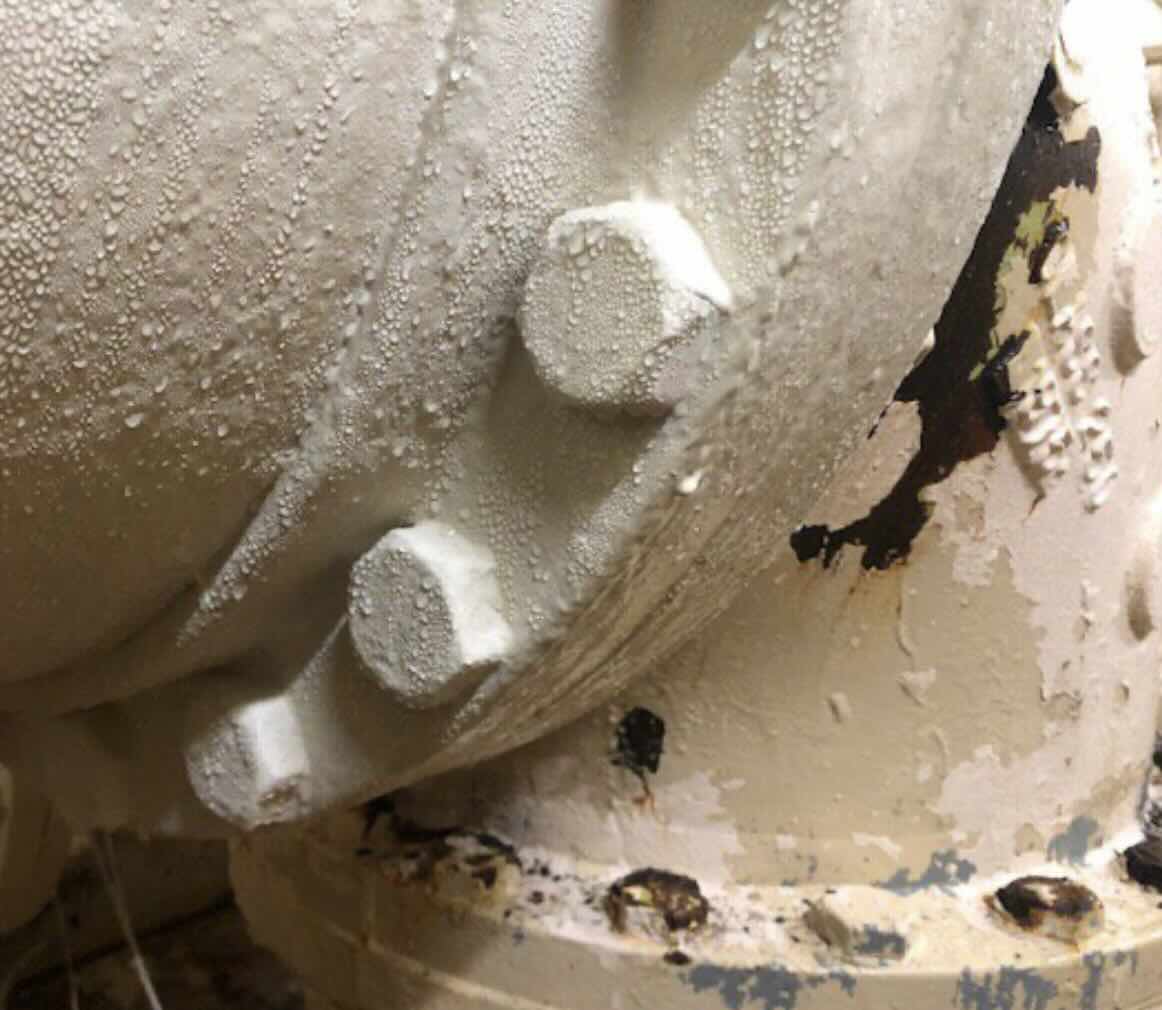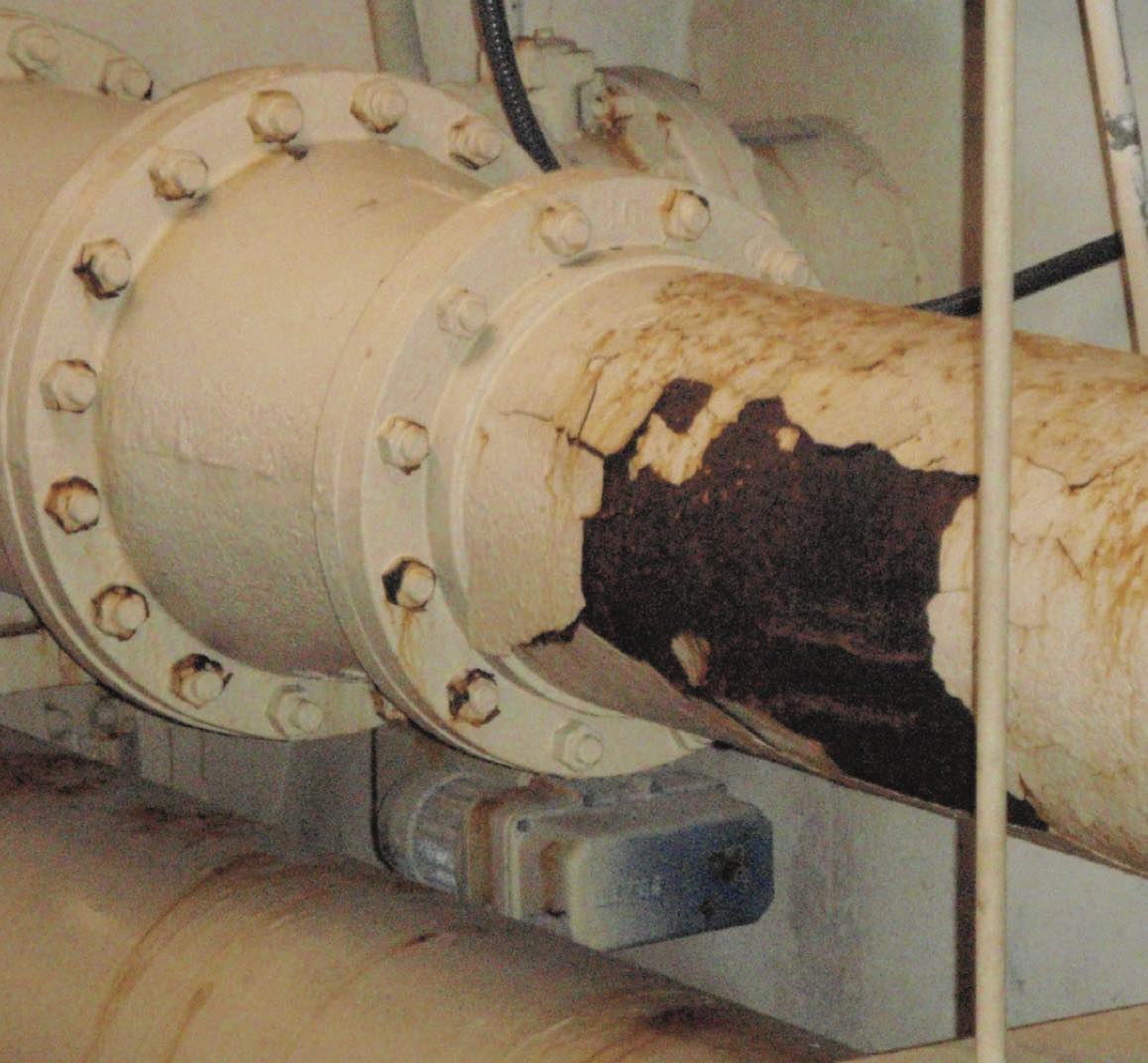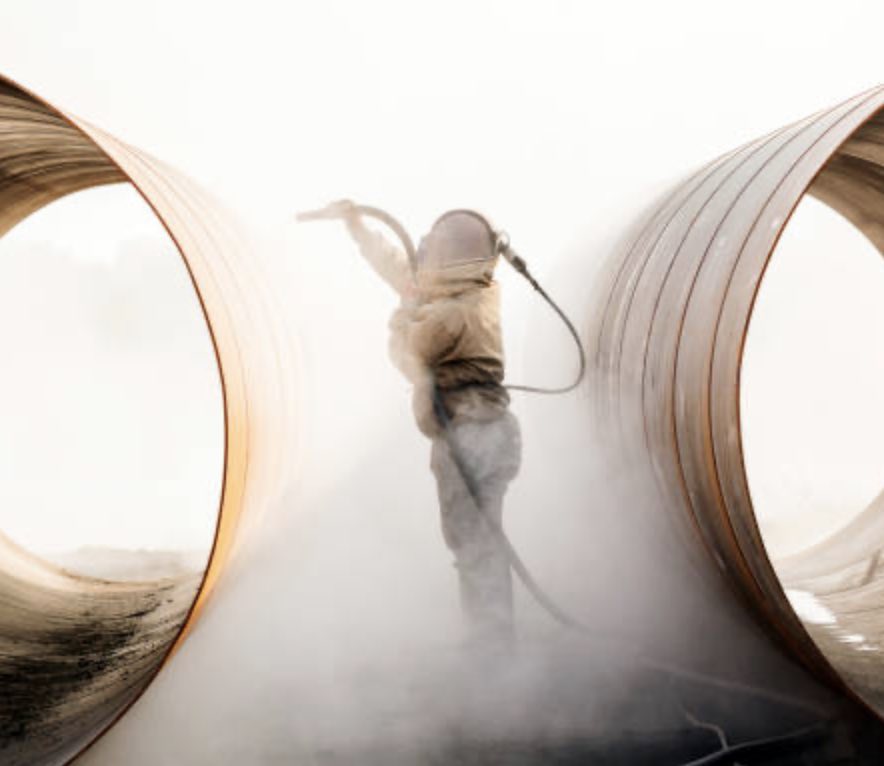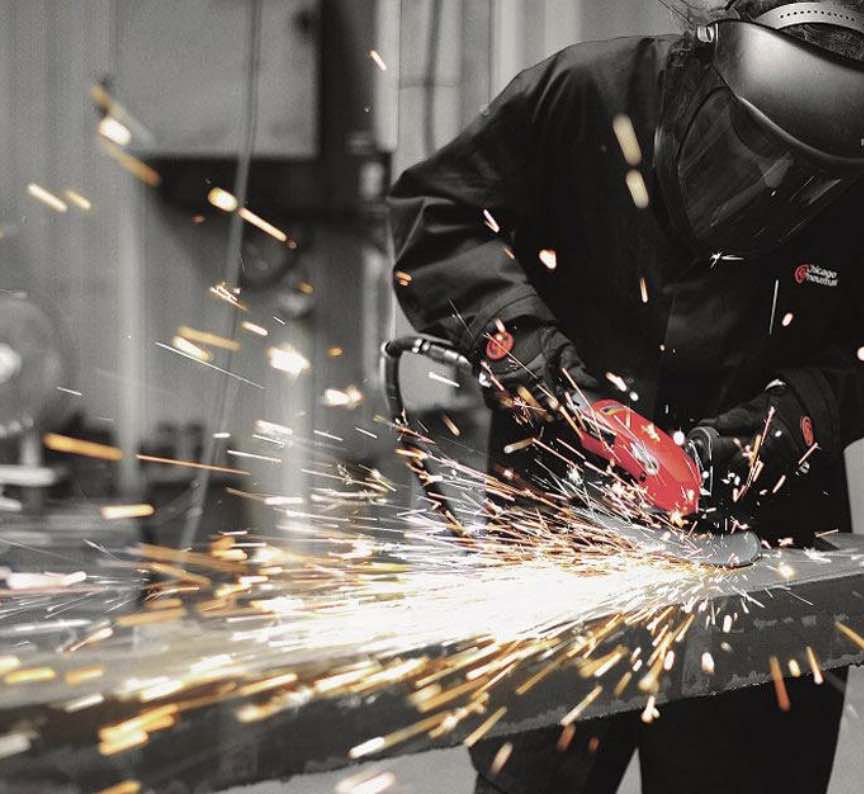
Ultimate Guide to Surface-Tolerant Epoxy Coatings
Discover the resilient world of surface-tolerant epoxy coatings and learn how they can protect and enhance your projects in challenging environments.
- High Performance Coatings
Discover the resilient world of surface-tolerant epoxy coatings and learn how they can protect and enhance your projects in challenging environments.
Understanding Surface-Tolerant Epoxy Coatings
Surface-tolerant epoxy coatings are specialized formulations designed to adhere to surfaces that may not be perfectly clean or dry. These coatings are engineered to perform exceptionally well in less-than-ideal conditions, making them a versatile solution for a wide range of applications. Unlike conventional epoxies that require rigorous surface preparation, including sandblasting and thorough cleaning to remove all traces of rust, dirt, and moisture, surface-tolerant epoxies can be applied directly over rust, moisture, and other contaminants without compromising their performance. This feature makes them invaluable for projects where time or conditions do not allow for extensive surface preparation, such as in emergency repairs, remote locations, or during adverse weather conditions.
The science behind surface-tolerant epoxies lies in their unique resin chemistry, which is engineered to penetrate and anchor to less-than-ideal substrates. These advanced formulations often include special additives and curing agents that enhance their ability to bond with surfaces that are not perfectly clean or dry. By displacing moisture and forming a tight bond, these coatings ensure long-lasting protection against corrosion, chemical exposure, and extreme weather conditions. The resin matrix in these coatings is designed to be flexible yet durable, allowing it to withstand the expansion and contraction of the substrate due to temperature fluctuations and mechanical stress. This adaptability further enhances the longevity and effectiveness of the coating, making it a reliable choice for protecting valuable assets in challenging environments.
Key Benefits of Using Surface-Tolerant Epoxy
The primary advantage of using surface-tolerant epoxy is the significant reduction in prep time and labor costs, as minimal surface preparation is required. Their moisture tolerance facilitates application in damp environments or during short weather windows. These epoxies also possess excellent adhesion properties, providing a durable barrier that extends the service life of the substrate.
Moreover, surface-tolerant epoxies are versatile and can be applied across a range of temperatures, which is particularly beneficial for projects in fluctuating climates. The quick curing time of some formulations means that projects can proceed without lengthy interruptions, ensuring a faster turnaround and return to service.
Ideal Applications for Surface-Tolerant Epoxy Coatings
 Surface-tolerant epoxy coatings are particularly suited for industrial and marine environments where surfaces are often exposed to harsh conditions. They are commonly used on offshore platforms, bridges, pipelines, and in petrochemical facilities. These coatings are also ideal for refurbishing aged infrastructure where complete removal of existing coatings or rust is impractical.
Surface-tolerant epoxy coatings are particularly suited for industrial and marine environments where surfaces are often exposed to harsh conditions. They are commonly used on offshore platforms, bridges, pipelines, and in petrochemical facilities. These coatings are also ideal for refurbishing aged infrastructure where complete removal of existing coatings or rust is impractical.
Additionally, they serve well in environments where shutdowns are not possible, allowing maintenance work to proceed without disrupting operations. The ability to apply them over damp surfaces makes them a go-to choice for projects in humid, tropical, or unpredictable weather regions.
Step-by-Step Guide to Applying Surface-Tolerant Epoxy
Applying surface-tolerant epoxy coatings requires attention to detail, even though the surface preparation is less extensive. Start by removing loose rust, scale, and other large debris from the surface. Then, clean the area to be coated to remove grease, oil, or other soluble contaminants. Once the surface is prepped, mix the epoxy components according to the manufacturer's instructions.
Apply the mixed coating using a brush, roller, or spray equipment, ensuring even coverage. Observe the correct induction time if specified by the product data sheet. Multiple coats may be necessary to achieve the desired thickness, with appropriate drying times between layers. Always follow safety guidelines and use personal protective equipment during the application process.
Maintaining and Troubleshooting Common Issues with Epoxy Coatings
Regular maintenance of surface-tolerant epoxy coatings can significantly extend their performance life. Inspect the coated surfaces periodically for signs of wear, damage, or corrosion. For touch-ups or repairs, clean the affected area and reapply the coating as needed, ensuring compatibility with the existing layer.
Common issues with epoxy coatings include blistering, peeling, or chalking, which may result from improper application, environmental factors, or substrate conditions. Troubleshooting these problems typically involves assessing the extent of the issue, removing the defective coating, and reapplying a new layer following the correct procedures. If problems persist, consult the coating manufacturer for expert advice.
Don't miss these similar blog subjects:

Surface Tolerant Coating Applications
Surface Tolerant Coatings Benefits for Corrosion...

Is Surface Preparation the Most Important Part of...
Surface preparation is critical when using...

The Importance of Surface Preparation with High...
When it comes to achieving long-lasting and...
